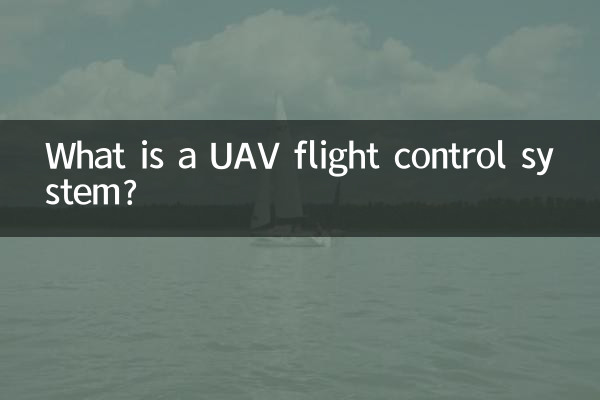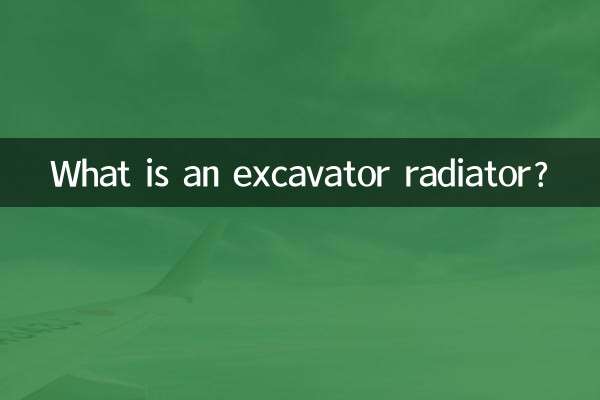What is a UAV flight control system?
In recent years, drone technology has developed rapidly and become a hot topic in the field of science and technology. Whether it is aerial photography, logistics, agriculture or military applications, drones have shown great potential. The core control system of the drone——flight control system, is the key to ensuring its stable flight. This article will provide an in-depth analysis of the definition, composition, functions and latest technology trends of UAV flight control systems.
1. Definition of UAV flight control system

The UAV Flight Control System (FCS) is the "brain" of the UAV, responsible for receiving sensor data, processing flight instructions and controlling the UAV's attitude, speed and position. It uses algorithms and hardware to work together to ensure that drones can complete flight tasks autonomously or semi-autonomously.
2. Core components of UAV flight control system
| components | Function |
|---|---|
| Main controller (MCU) | Process sensor data and execute control algorithms |
| Inertial Measurement Unit (IMU) | Measuring drone acceleration, angular velocity and attitude |
| GPS module | Provide location and velocity information |
| Barometer | Measure altitude changes |
| Electronic Speed Controller (ESC) | Control the speed of the motor |
| Communication module | Interact data with ground stations or other equipment |
3. Main functions of UAV flight control system
1.Stable posture: Adjust the drone's attitude in real time through IMU data to avoid rolling or pitching out of control.
2.Navigation and positioning: Combining GPS and visual sensors to achieve precise positioning and path planning.
3.Automatic return: Automatically return to the take-off point when the signal is lost or the battery is low.
4.Obstacle avoidance function: Use radar, ultrasonic waves or cameras to detect obstacles and avoid them.
5.Task execution: Supports advanced functions such as preset waypoint flight and target tracking.
4. The latest technological trends in UAV flight control systems
According to the hot content analysis of the entire network in the past 10 days, the development of UAV flight control systems shows the following trends:
| Technical direction | Hot content |
|---|---|
| Artificial Intelligence (AI) | AI algorithms for autonomous decision-making and scene recognition |
| 5G communication | Low-latency transmission improves remote control accuracy |
| edge computing | Localized data processing reduces cloud dependence |
| Multi-machine collaboration | Cluster flight technology applied to logistics and rescue |
| Open source flight control | PX4, ArduPilot and other platforms promote developer ecology |
5. Future Outlook
With the advancement of technology, UAV flight control systems will become more intelligent, modular and efficient. For example, flight control systems combined with AI can learn the flight environment and improve obstacle avoidance capabilities; and the popularization of 5G networks will enable more stable remote control. In addition, the rise of open source flight control platforms has lowered the technical threshold and promoted the implementation of more innovative applications.
In short, the UAV flight control system is the core of UAV technology, and its development directly determines the performance and application scope of UAVs. In the future, with breakthroughs in related technologies, drones will play an important role in more fields.

check the details

check the details